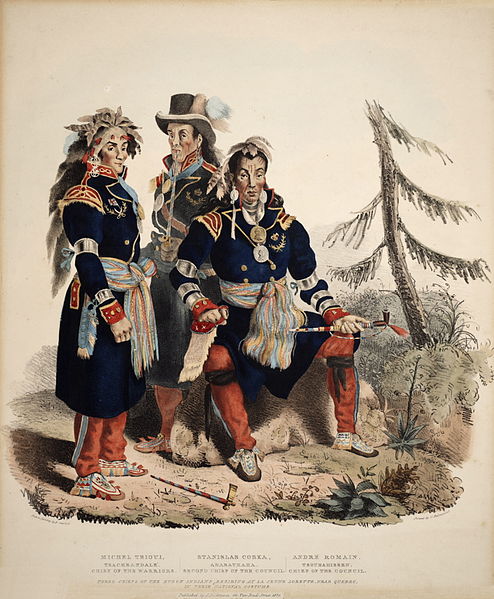Quebec sovereignty movement
The Quebec sovereignty movement is a political movement whose objective is to achieve the independence of Quebec from Canada. Sovereignists suggest that the people of Quebec make use of their right to self-determination – a principle that includes the possibility of choosing between integration with a third state, political association with another state or independence – so that Québécois, collectively and by democratic means, give themselves a sovereign state with its own independent constitution.
A poster for Quebec sovereignty during the 1995 referendum: Oui, et ça devient possible (French for 'Yes, and it becomes possible').
Quebec is one of the thirteen provinces and territories of Canada. It is the largest province by area and the second-largest by population. Much of the population lives in urban areas along the St. Lawrence River, between its most populous city, Montreal, and the provincial capital, Quebec City. Located in Central Canada, the province shares land borders with Ontario to the west, Newfoundland and Labrador to the northeast, New Brunswick to the southeast, and a coastal border with Nunavut; in the south it borders the United States.
A depiction of Jacques Cartier by Théophile Hamel, 1844
Three Huron-Wyandot chiefs from Wendake. New France had largely peaceful relations with the Indigenous people, such as their allies the Huron. After the defeat of the Huron by their mutual enemy, the Iroquois, many fled from Ontario to Quebec.
Montcalm leading his troops into battle. Watercolour by Charles William Jefferys.
The Battle of Saint-Eustache was the final battle of the Lower Canada Rebellion.





